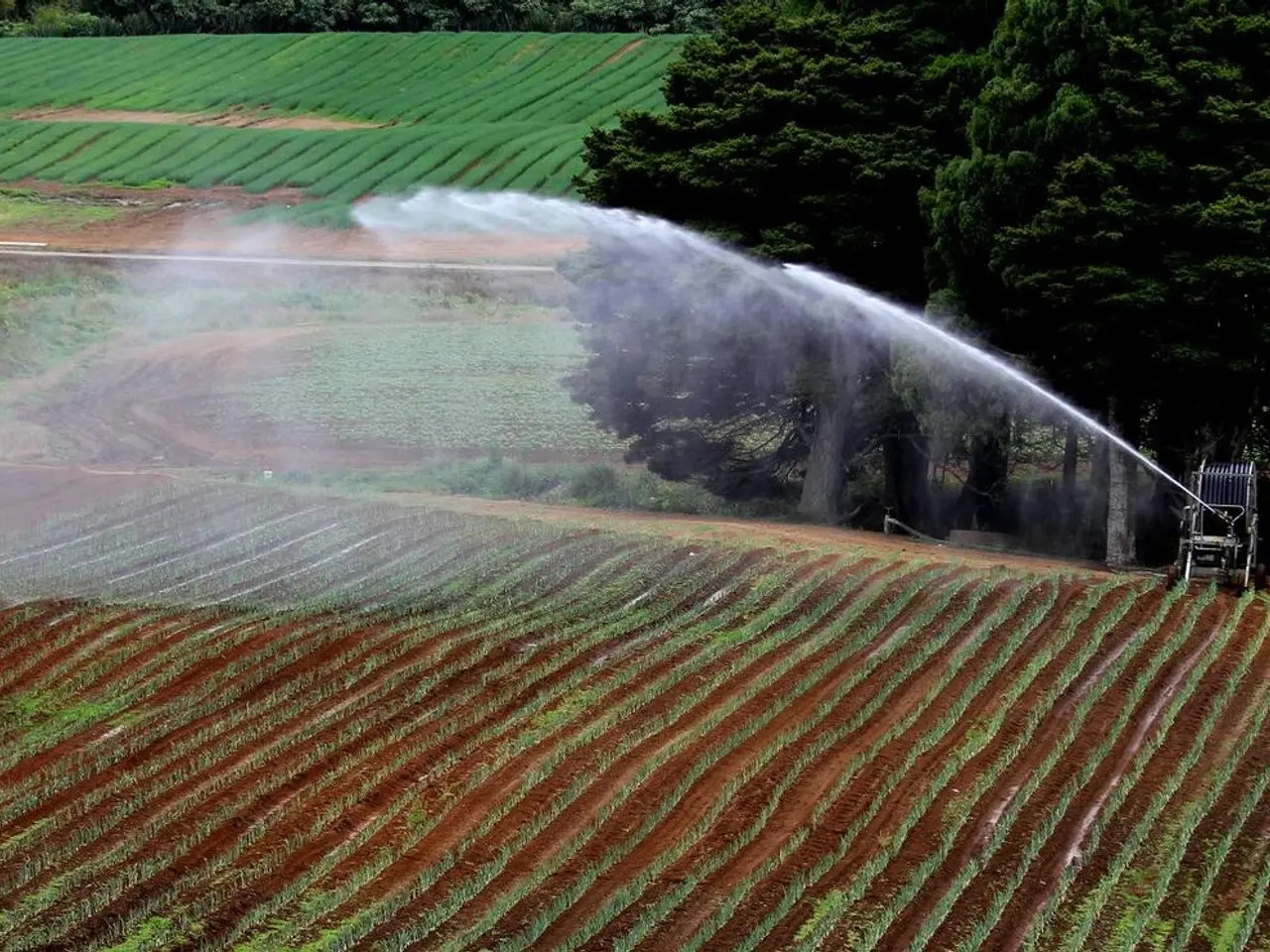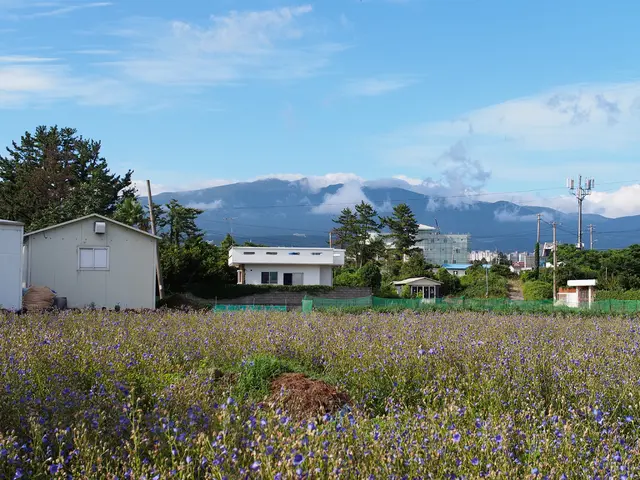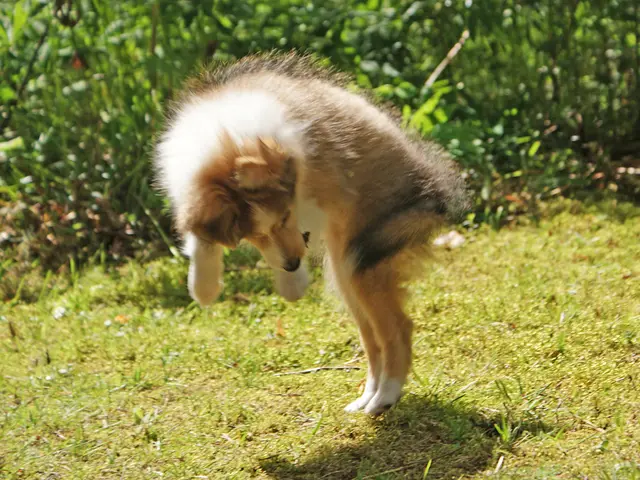Lower Saxony Aims to Cut Chemical Plant Protection Use by 25% by 2030
Lower Saxony has unveiled a comprehensive strategy to reduce the use of chemical-synthetic plant protection products (PSM) by 25% by 2030. The plan, published on 14.02.2023, aims to lower the risk and application area of these products, with interim checks in 2027.
The strategy includes various measures. It designates water protection strips and sets specific requirements in nature conservation and FFH areas. Farmers are encouraged to adopt voluntary measures through the EU's Common Agricultural Policy (CAP).
Alternative methods to reduce plant protection product use are promoted. Projects like the FINKA initiative involve farmers and environmental associations. These collaborations are part of the 'Niedersächsischer Weg' initiative, which focuses on biotope and species protection alongside arable farming practices. This initiative is supported by the Lower Saxony Ministry of Agriculture, the Chamber of Agriculture of Lower Saxony, and local advisory bodies.
Digital and sensor-based application methods are being developed and tested to achieve significant savings in plant protection product use.
The plant protection product reduction strategy for Lower Saxony aims to cut the use and risk of chemical-synthetic PSM by 25% by 2030. The strategy will assess the area with applications and use intensity, with interim evaluations in 2027 and a final check in 2030. This plan is part of the state's commitment to sustainable agriculture and environmental protection.
Read also:
- Senate Tillis under spotlight in North Carolina as IRA tax incentives remain uncertain
- Latest Edition of Bus-News Magazine Arrives for 2023!
- Testing the Camp Mode of the 2025 Tesla Model Y with Juniper's interior housing two kids, shockingly low CO2 levels were discovered.
- Demonstrating Carbon Storage in Agricultural Forestry through Digital Monitoring and Verification








